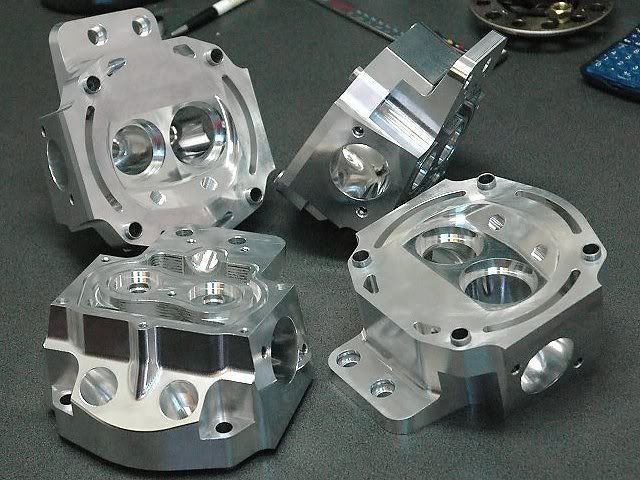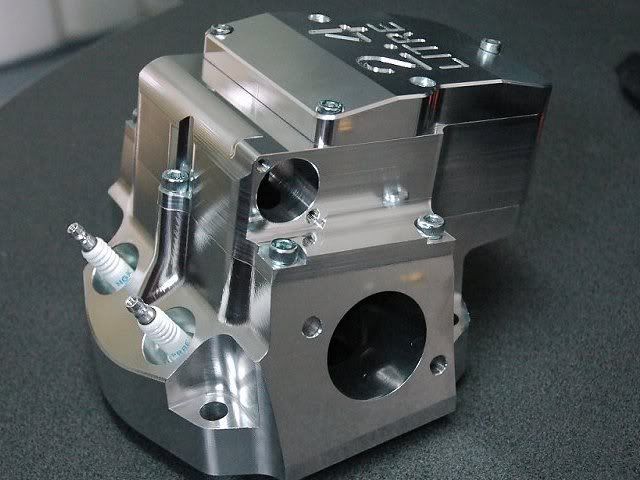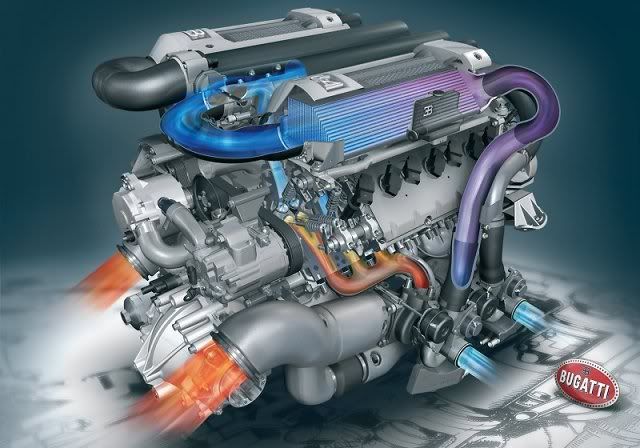I am aware of that. You are correct about the fillets and the like. However, the material quality (strength of material) in casting is still not as strong as the other methods. However, as you pointed out, you are able to create fine features with casting that are prohibited difficult in the other methods.Originally Posted by Matra et Alpine




 Reply With Quote
Reply With Quote














